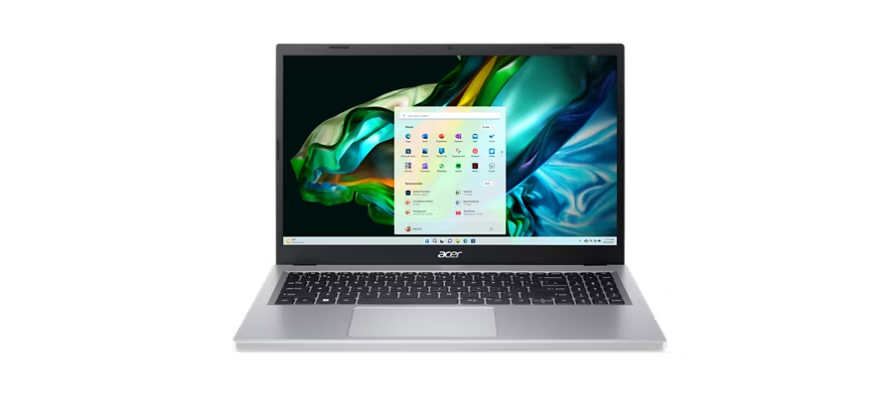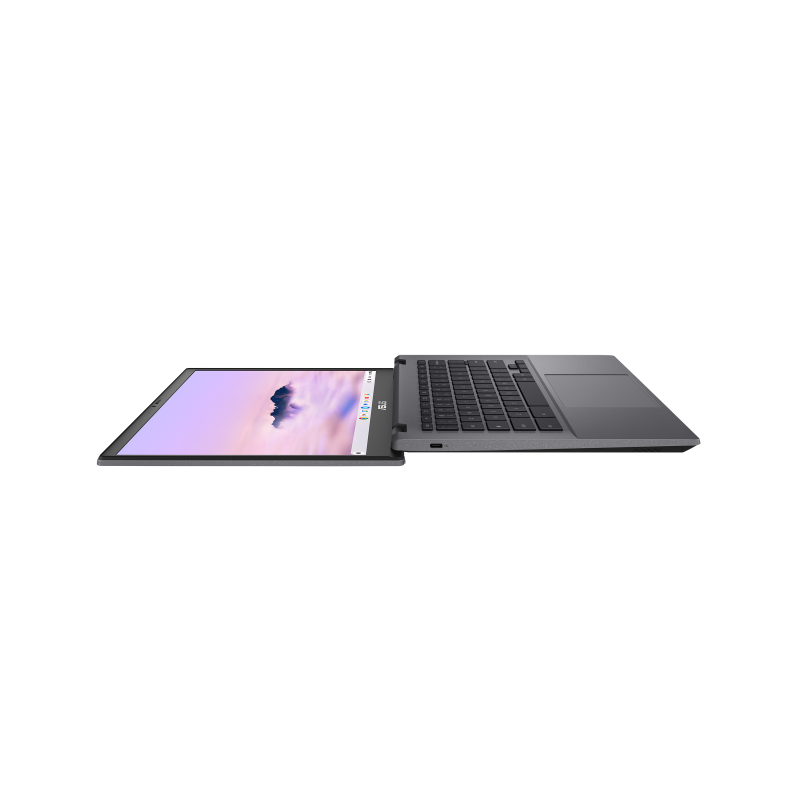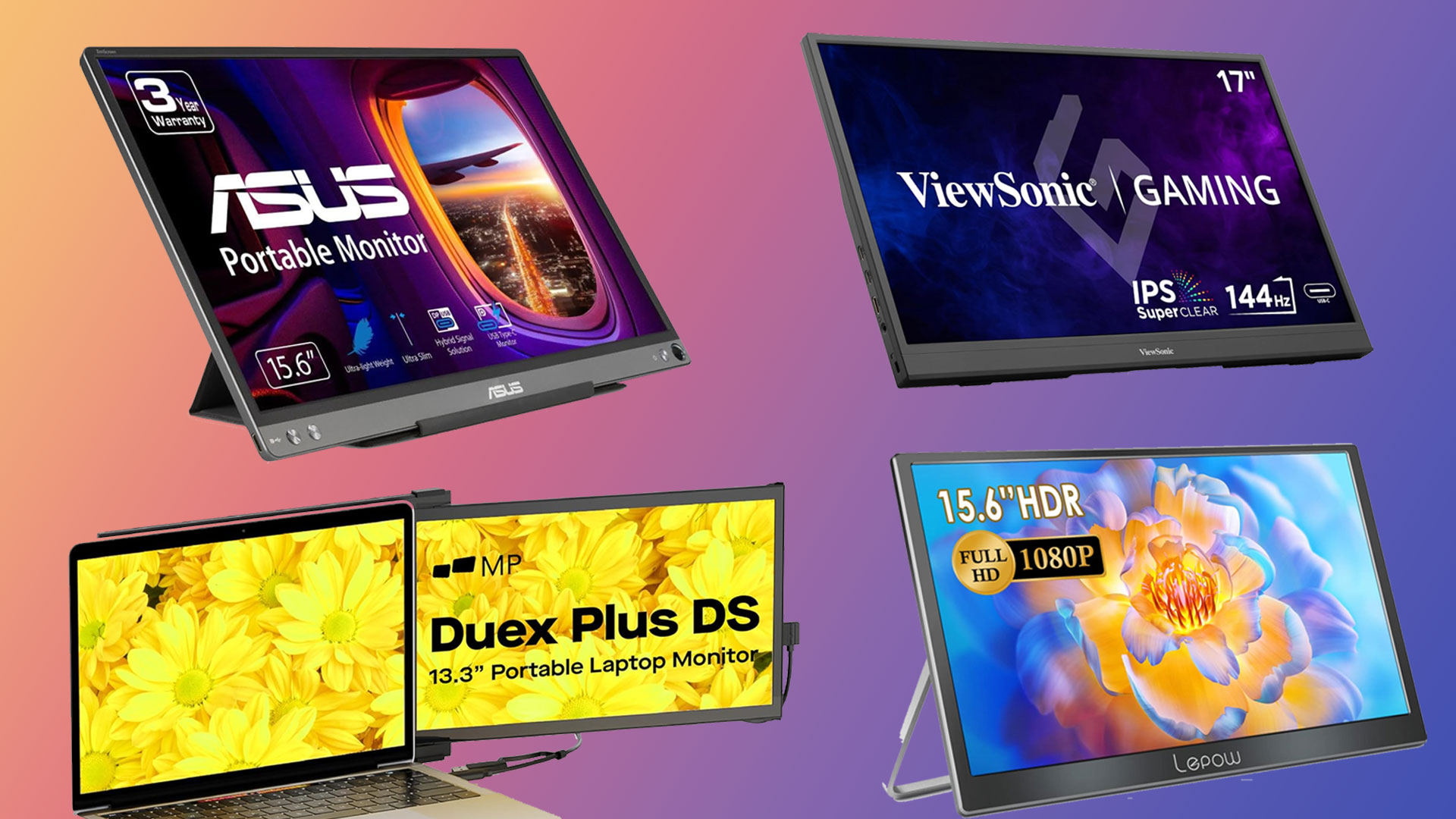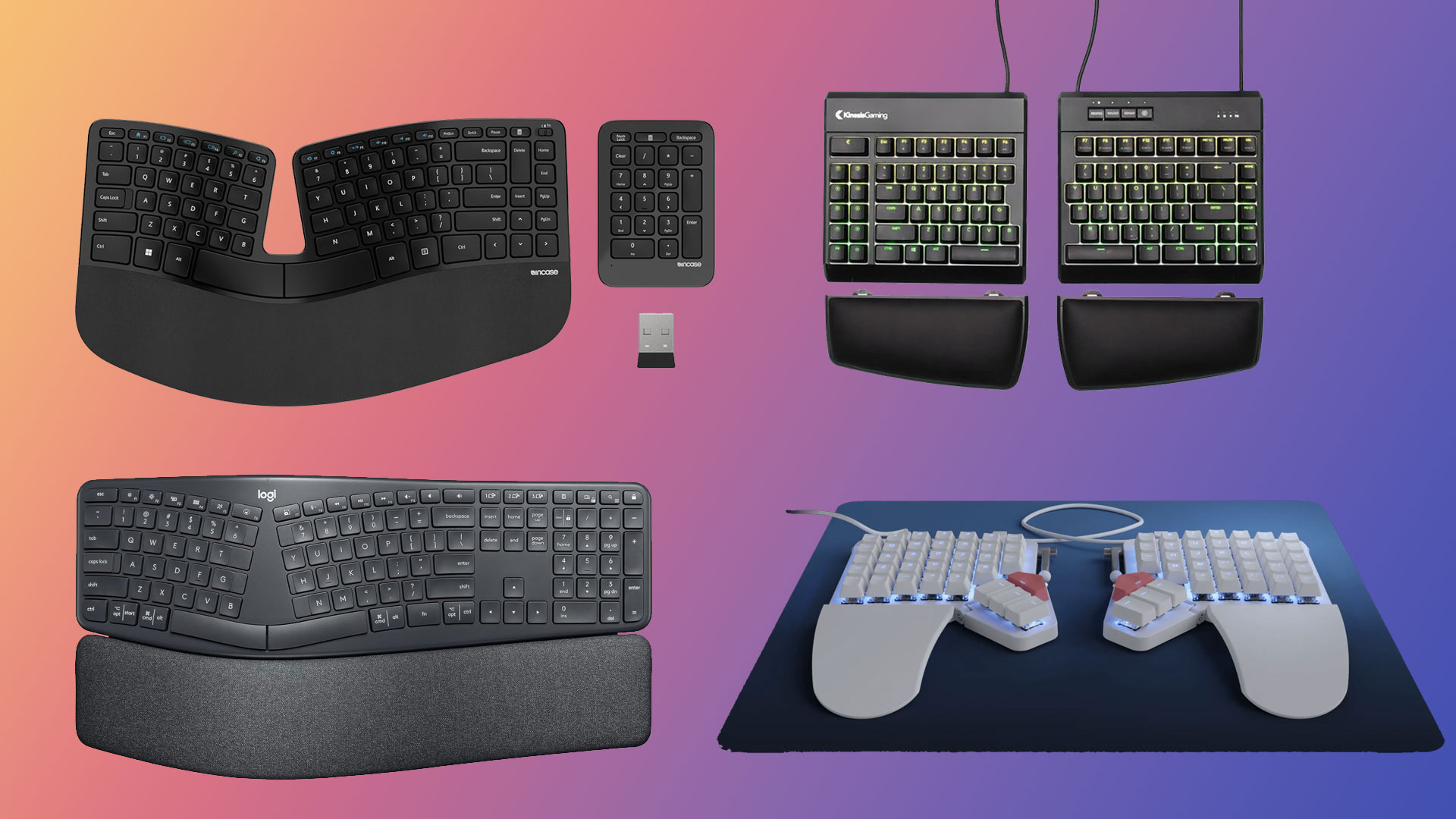For children, a laptop can open up a world of learning opportunities, from completing homework assignments to exploring new interests through educational software and online resources. However, choosing the right laptop for a child can be a daunting task for parents, given the vast array of options and technical specifications. This guide aims to simplify that process, providing you with essential considerations and recommendations to help you make an informed decision on the best laptop for your kids needs with your budget and peace of mind.
Table of Contents
Why Your Child Needs a Laptop
Laptops have become an integral part of modern education. Many schools now incorporate digital learning into their curriculum, requiring students to use laptops for research, writing, presentations, and collaborative projects. Beyond academics, laptops offer kids a platform for:
- Skill Development: Learning to type, navigate operating systems, and use various software applications are fundamental digital literacy skills.
- Creative Expression: From graphic design to video editing and coding, laptops provide tools for children to explore their creative potential.
- Access to Information: The internet, when used responsibly, is an invaluable resource for curiosity-driven learning and expanding knowledge.
- Entertainment: Laptops can also be a source of age-appropriate entertainment, including educational games, streaming services, and video calls with friends and family.


Key Considerations When Buying a Kids’ Laptop
Selecting a laptop for a child isn’t just about finding the cheapest option. It’s about investing in a device that is durable, safe, and suitable for their age and intended use. Here are the critical factors to consider:
1. Durability: Built to Withstand Childhood
Kids can be tough on their electronics. A laptop for a child should be able to withstand accidental drops, spills, and general wear and tear. Look for features such as:
- Rugged Design: Some laptops are specifically designed with reinforced corners, spill-resistant keyboards, and durable hinges.
- MIL-STD-810G Certification: This military-standard certification indicates that the device has been tested against environmental stresses like drops, vibrations, and extreme temperatures.
- Solid-State Drives (SSDs): Unlike traditional hard drives, SSDs have no moving parts, making them more resistant to damage from drops.
2. Operating System: User-Friendly and Secure
The operating system (OS) dictates the laptop’s overall user experience and compatibility with software. The most common options for kids’ laptops are:
- Windows: A versatile OS with a vast selection of software and games. Windows laptops offer a wide range of prices and configurations, making them suitable for various needs. Parental control features are built-in and can be managed through Microsoft Family Safety.
- ChromeOS (Chromebooks): These are typically more affordable, lightweight, and designed for cloud-based activities. They are excellent for web browsing, Google Workspace applications, and light productivity tasks. Chromebooks are known for their simplicity, fast boot times, and robust security features, making them a popular choice for schools. Google Family Link provides comprehensive parental controls.
- macOS (MacBooks): Apple’s MacBooks are known for their premium build quality, user-friendly interface, and strong performance. While generally more expensive, they offer excellent longevity and integration with other Apple devices. macOS includes robust parental control features.
3. Parental Controls: Ensuring a Safe Digital Environment
Implementing effective parental controls is crucial for managing your child’s online experience. These features allow you to:
- Set Screen Time Limits: Control how long your child can use the laptop daily or weekly.
- Filter Content: Block access to inappropriate websites and applications.
- Monitor Activity: Keep an eye on your child’s browsing history and app usage.
- Manage App Downloads: Approve or restrict app installations.
Both Windows and ChromeOS offer built-in parental control suites (Microsoft Family Safety and Google Family Link, respectively) that are integrated with the operating system. Third-party parental control software can also provide more advanced features and cross-platform management.
4. Performance and Specifications: What Matters for Kids
While a child’s laptop doesn’t need to be a powerhouse, certain specifications will ensure a smooth and frustration-free experience:
- Processor (CPU): For basic tasks like web browsing, word processing, and educational apps, an Intel Celeron, Pentium, or AMD Athlon processor is sufficient. For more demanding tasks like light gaming or video editing, an Intel Core i3/i5 or AMD Ryzen 3/5 would be better.
- RAM (Memory): 4GB of RAM is the minimum for smooth operation, especially with multiple browser tabs open. 8GB is ideal for better multitasking and future-proofing.
- Storage: 64GB or 128GB SSD is usually enough for Chromebooks, as most files are stored in the cloud. For Windows laptops, 256GB or 512GB SSD is recommended to accommodate the operating system and various applications. SSDs are faster and more durable than traditional HDDs.
- Screen Size and Resolution: A 11-inch to 14-inch screen is generally ideal for portability and comfortable viewing. A Full HD (1920×1080) resolution provides clear and crisp visuals.
- Battery Life: A long battery life (8+ hours) is essential for school days and travel, reducing the need for constant charging.
5. Educational Software and Apps: Tools for Learning
Consider the educational software and apps that your child will be using. Many schools utilize specific platforms (e.g., Google Classroom, Microsoft Teams). Ensure the laptop’s operating system and specifications are compatible with these tools. Additionally, explore age-appropriate educational apps and games that can enhance learning in subjects like math, science, and language arts. Many free and paid options are available across different platforms.



Top Laptop for Kids
Based on our comprehensive testing and the considerations outlined above, here are some of the best laptops for kids, categorized by their strengths:
Best Overall Windows Laptop for Kids: Acer Aspire 3 (A315-24P)
- Why it’s great: This affordable 15-inch Windows laptop offers a good balance of performance for everyday tasks and extensive battery life. It’s a solid all-rounder for general schoolwork and home use.
- Key Features: Smooth operation, current Wi-Fi connectivity, competitive price.
Best Chromebook for Older Kids: Asus Chromebook Plus CX34 (2025)
- Why it’s great: For older kids who need a reliable and fast Chromebook, the Asus Chromebook Plus CX34 delivers impressive CPU performance and a pleasant user experience. It’s ideal for cloud-based learning and productivity.
- Key Features: Strong CPU, comfortable keyboard and touchpad, good connectivity.
Best Apple Laptop for Kids: Apple MacBook Air (M1, Late 2020)
- Why it’s great: While a higher investment, the MacBook Air (M1) offers exceptional performance, outstanding battery life, and a sleek, durable design. It’s a great long-term investment for creative and demanding tasks.
- Key Features: Powerful M1 chip, excellent battery life, high-quality display.
Best 2-in-1 Chromebook for Kids: Lenovo Flex 3 Chromebook
- Why it’s great: This convertible Chromebook offers the flexibility of a laptop and a tablet, with a responsive touchscreen. It’s compact, lightweight, and affordable, making it versatile for various learning styles.
- Key Features: Responsive touchscreen, low price, compact and lightweight design.
Best Convertible 2-in-1 Windows Laptop for Kids: Lenovo IdeaPad Flex 5i 14 (2023)
- Why it’s great: Combining strong application performance with a versatile 2-in-1 design, this Windows laptop is perfect for kids who need both traditional laptop functionality and tablet-like flexibility for note-taking or drawing.
- Key Features: Strong performance, versatile 2-in-1 design, good port selection.
Best Detachable 2-in-1 Chromebook for Kids: Lenovo Chromebook Duet Gen 9
- Why it’s great: This ultra-portable and affordable detachable Chromebook is ideal for younger kids or those who primarily use a tablet but occasionally need a keyboard. It offers a sharp touchscreen and a high-quality build for its price.
- Key Features: Affordable, sharp touchscreen, bundled keyboard.
Best Gaming Laptop for Kids: Acer Nitro V 15 (ANV15-51-59MT)
- Why it’s great: For kids interested in gaming, the Acer Nitro V 15 provides a good entry point with an attractive price and sufficient performance for 1080p gaming. It also offers a wide selection of ports.
- Key Features: Affordable, good for 1080p gaming, wide port selection.
Best Gaming Chromebook for Kids: Acer Chromebook Plus 516 GE (2025)
- Why it’s great: This Chromebook offers boosted productivity and gaming performance, making it a unique option for kids who want a gaming-capable Chromebook. It features a high-res IPS screen with a 120Hz refresh rate.
- Key Features: Boosted performance, high-res 120Hz screen, RGB keyboard.
Best Kids Laptop for Long-Term Savings and Upgrades: Framework Laptop 12
- Why it’s great: The Framework Laptop is a revolutionary choice for its modular and upgradeable design. This means components can be easily replaced or upgraded, extending the laptop’s lifespan and reducing electronic waste, making it a smart long-term investment.
- Key Features: Modular design, customizable, MIL-STD-810 durability.
Choosing the best laptop for your child involves a thoughtful assessment of their age, needs, and how the device will be used. By prioritizing durability, appropriate operating systems, robust parental controls, and suitable performance specifications, you can select a laptop that not only supports their educational journey but also ensures a safe and enriching digital experience. The recommendations above provide a strong starting point, offering reliable options that cater to various preferences and budgets. Empower your child’s learning and creativity with the right tool, and watch them thrive in the digital world.


